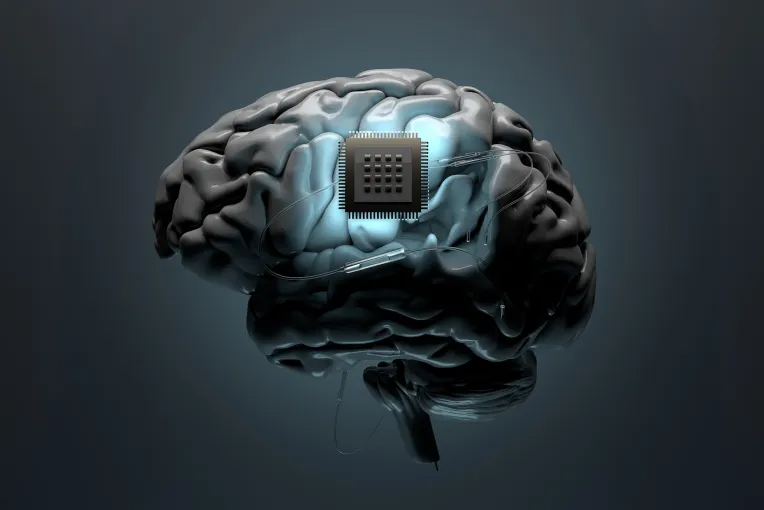
After Obsessive-Compulsive Disorder (OCD) controlled Amber Pearson’s life, where she would frequently wash her hands until they bled, double-check that the windows were closed, or eat alone for fear of infection, these behaviors became mere memories thanks to a “brain implant” revolutionizing the treatment of this mental disorder.
According to a report by Agence France-Presse, Pearson, a 34-year-old woman, became the first person to be equipped with a small device, similar in size to a small bandage, implanted in the back part of her brain, drastically reducing her OCD and epileptic seizures. The device represents a promising scientific breakthrough that radically changed the patient’s life.
Pearson, who resides in Oregon, Western United States, stated, “My daily life has improved, and I am present in it, which is amazing.” She added, “Before that, I was constantly trapped in my mind and preoccupied with my concerns.”
OCD consumed up to “eight or nine hours” of Pearson’s daily life, leading to social isolation. Before bedtime, she would ensure that doors and windows were closed, gas fittings were off, and electricity was disconnected from appliances. Fearful of infection, she would shower every time she attended to her cat, and she would wash her hands so thoroughly that her joints would become dry and bleed, often preferring to eat alone rather than with family or friends.
After undergoing the implant procedure, Pearson’s OCD now takes only about 30 minutes of her day.
The implant, with a diameter of 32 mm, sends an electric pulse when it detects abnormal responses in the patient’s brain to restore normal function. This technique, known as Deep Brain Stimulation, has been used for over 30 years to treat epilepsy but its role in reducing OCD symptoms was poorly understood and limited to experimental research until surgeons at Oregon Health and Science University performed a groundbreaking surgery on Pearson in 2019.
Pearson underwent surgery to implant a “device for OCD and epilepsy, the only device in the world that treats both conditions simultaneously,” according to neurosurgeon Ahmed Raslan, who remains astonished by his patient’s results. Pearson herself proposed the idea to the medical team. Despite having a part of her brain removed due to chronic epilepsy, she still suffers from severe seizures, one of which caused a heart attack, prompting doctors to consider implanting a device to combat this resistant condition. She asked them, “Since you are going into my brain to place an electrode, and since I also suffer from OCD, can you implant an electrode to help me overcome this mental disorder?”
Raslan said, “Fortunately, we took this suggestion seriously.” To design the device, doctors monitored her brain activity by giving her, for example, shellfish, one of the types of food that causes her stress, allowing them to identify the “electrical markers” associated with OCD.
Leave a Reply